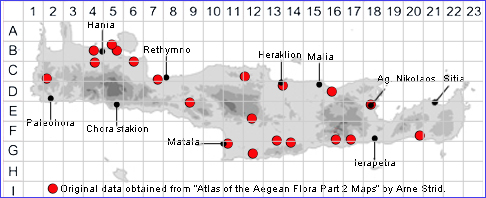
SPECIES DESCRIPTION
ERIGERON BONARIENSIS
Family and Genus:- See- COMPOSITAE
Common Names:- South American fleabane
Homotypic Synonyms:- Conyza bonariensis, Erigeron undulatus, Leptilon
bonariense, Marsea bonariensis
Meaning:- Erigeron (Gr) Early-old-man. A name used by the Greek philosopher
Theophrastus for early flowering fleabanes.
Bonariensis (L) From Buenos Aires, Argentina.
General description:- Erect annual, very variable in size.
Stems:-
1) Usually 20-80 cm tall, ± pilose, much-branched above.
Leaves:-
1) Numerous, narrow
a) lower, up to 10 x 1 cm, oblanceolate, petiolate, often deciduous.
b) middle and upper, broadly linear, at least the upper sessile.
Flowers:-
1) Capitula, 6-10 mm wide, numerous in a ± pyramidal inflorescence.
2) Involucre, 4-6 mm, greyish-green, hirsute, with red-tipped phyllanes.
3) Receptacle, glabrous.
4) Inner florets, hermaphrodite and tubular, the outer 50-120 female with minute
ligules.
Fruit:-
1) Achenes, oblong-elliptical, compressed, 1-1.5 mm.
2) Pappus, of whitish hairs, on only one row.
Key features:-
1) Leaves, subentire.
2) Terminal inflorescence, with up to 30 capitula.
3) Phyllaries, red-tipped.
Habitat:- Stony coastal habitats, dry streambeds, ruderal areas in towns and
villages. 0-400(-1200) m.
Distribution:- Native of South America, now almost a cosmopolitan weed in tropical
and warm-temperate areas. Fairly scattered across Crete, but not dominant.
Flowering time:- April-July, and sporadically throughout the year.
Photos by:- Steve Lenton
